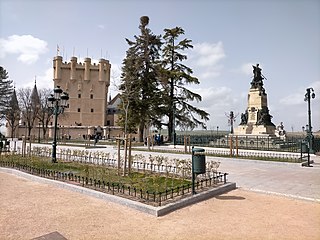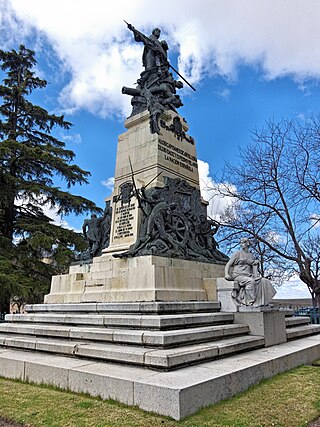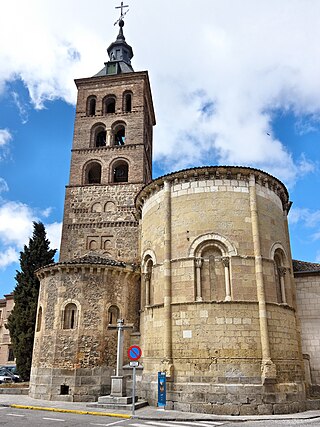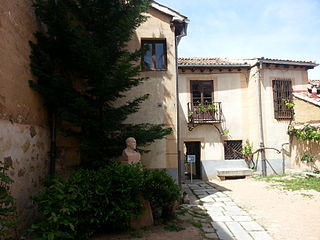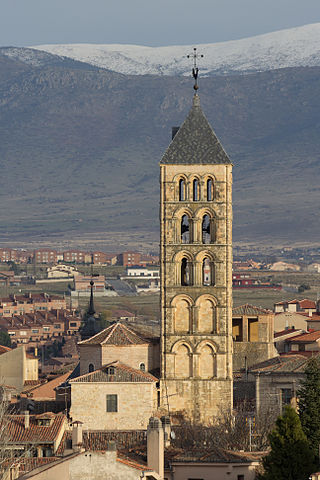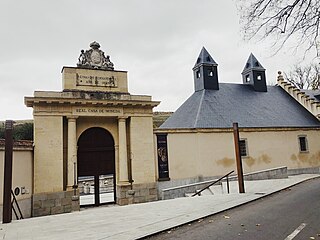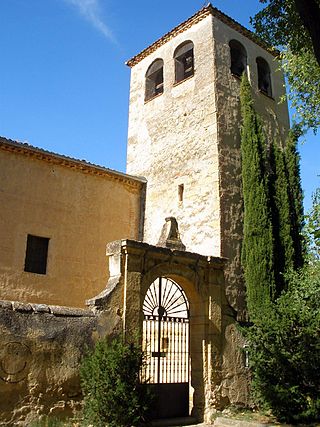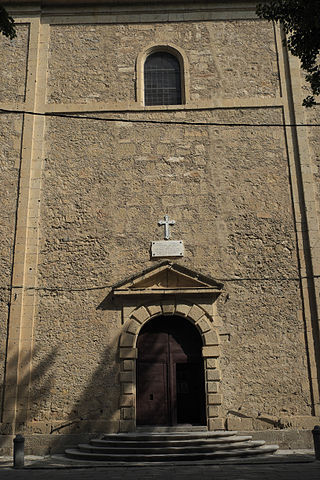Self-guided Sightseeing Tour #2 in Segovia, Spain
Legend
Guided Free Walking Tours
Book free guided walking tours in Segovia.
Guided Sightseeing Tours
Book guided sightseeing tours and activities in Segovia.
Tour Facts
4.3 km
221 m
Experience Segovia in Spain in a whole new way with our self-guided sightseeing tour. This site not only offers you practical information and insider tips, but also a rich variety of activities and sights you shouldn't miss. Whether you love art and culture, want to explore historical sites or simply want to experience the vibrant atmosphere of a lively city - you'll find everything you need for your personal adventure here.
Activities in SegoviaIndividual Sights in SegoviaSight 1: Iglesia de San Quirce
The church of San Quirce is a Romanesque style building from the twelfth century, located in the Spanish city of Segovia, on Calle de Capuchinos Alta. Abandoned its cult and converted into a hayloft and warehouse, it was acquired in 1927 to install the headquarters of the Popular University of Segovia and its workshops and, at the same time, save the valuable building from its more than probable disappearance. The restoration project was directed by the architect Francisco Javier Cabello Dodero.
Sight 2: Teatro Juan Bravo
The Juan Bravo Theatre is the main theatre in the city of Segovia, Castile and León, Spain.
Sight 3: Iglesia de San Miguel
The Church of San Miguel, formally the Royal Church of San Miguel, is a Catholic parish church located in the center of the Spanish city of Segovia.
Sight 4: Centro Didáctico de la Judería
The Jewish Quarter of Segovia is a neighborhood of the Spanish city of Segovia that was inhabited by the Jewish community at least from the twelfth century and until its expulsion by the Edict of Granada promulgated by the Catholic Monarchs in 1492. At the time, it was one of the richest and most populous communities in all of Castile.
Sight 5: Sinagoga de los Ibáñez
The Ibáñez de Segovia synagogue was a temple for Jewish worship located between the current streets of Barrionuevo and San Geroteo in the Spanish city of Segovia, within the limits of its Jewish quarter. The date of its construction is unknown, and it is repeatedly mentioned in the first half of the fifteenth century.
Sight 6: Puerta de San Andrés
The Puerta de San Andrés is a city gate in Segovia, Castile and León, Spain, forming part of the city's medieval fortifications. It is listed as a Bien de Interés Cultural.
Sight 7: Museo de Segovia
The Museum of Segovia in the Casa del Sol in the capital of Segovia, is a cultural institution of the Spanish State managed by the community of Castilla y León, which houses historical pieces mainly from the province of Segovia.
Sight 8: Casa de la Química
The Casa de la Química is located in the Plaza de la Reina Victoria Eugenia, east of the colossal fortress of the Alcázar de Segovia. The work of Sabatini and the most notable example of neoclassical in Segovia, it is a building that, in addition to its architectural uniqueness, adds an exceptional historical value in its condition as a cultural and scientific centre in a transcendental stage in the history of Spain.
Sight 9: Antigua Catedral de Segovia (desaparecida)
The old cathedral of Santa María de Segovia was a building located in the city of Segovia, today in the Autonomous Community of Castile and León (Spain), begun in the twelfth century and destroyed in 1520 during the War of the Communities of Castile. The space occupied by the building is currently the Plaza de la Reina Victoria Eugenia, where the Alcázar of Segovia is located.
Sight 10: Plaza de Reina Victoria Eugenia
The Plaza de la Reina Victoria Eugenia, located in the city of Segovia (Spain) and the prelude to its Alcázar, is a first-rate landscaped historical environment, protected by UNESCO in its declaration of World Heritage in 1985.
Sight 11: Monumento a Daoiz y Velarde
The Monument to Daoiz and Velarde is an instance of public art in Segovia, Spain. Designed by Aniceto Marinas, it is a memorial to Luis Daoiz y Torres and Pedro Velarde y Santillán, two Spanish artillery officers who fell fighting against the French army at the 1808 Dos de Mayo Uprising, in the context of the Peninsular War. It is located near the Alcázar of Segovia.
Sight 12: Puereta de La Claustra
The Cloister Gate or Cloister Arch is an old gate located in the Spanish city of Segovia.
Sight 13: Iglesia de San Andrés
The Church of San Andrés is a Roman Catholic church in the Spanish city of Segovia.
Sight 14: Casa-Museo de Antonio Machado
The Machado House-Museum in Segovia is a traditional house used as a boarding house in the nineteenth century and part of the twentieth century, located in the historic center of the city of Segovia (Spain). It was the house in which the poet Antonio Machado lived between 1919 and 1932. Since the second half of the 20th century it has been administered by the Royal Academy of History and Art of San Quirce.
Sight 15: Iglesia de San Esteban
The Church of St Stephen is one of a number of medieval churches in Segovia, Spain. It dates from the 12th century and is noted for its Romanesque bell tower.
Sight 16: Real Casa de Moneda
The Coining House is a former royal mint in Segovia, Spain, which dates back to the 1500s. Today, it is a museum dedicated to coins, industrial heritage and Segovia's famous aqueduct.
Sight 17: Iglesia de San Marcos
The Church of San Marcos is a Roman Catholic church in the Spanish city of Segovia.
Sight 18: Iglesia de la Veracruz
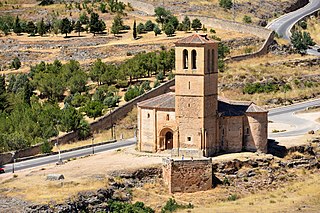
The church of the True Cross is a Roman Catholic church located in the San Marcos district of the city of Segovia, in the autonomous community of Castile and León, in Spain. Formerly known as the Church of Holy Sepulchre, it is located to the north of the city, very close to the convent of San Juan de la Cruz, on the slope that ascends to Zamarramala, a town of which it was, for centuries, a parish church.
Sight 19: Santuario de la Fuencisla
The Sanctuary of Nuestra Señora de la Fuencisla is a Catholic church located on the outskirts of the Spanish city of Segovia, which houses the patron saint of the city, the Virgen de la Fuencisla.
Share
Disclaimer Please be aware of your surroundings and do not enter private property. We are not liable for any damages that occur during the tours.
GPX-Download For navigation apps and GPS devices you can download the tour as a GPX file.
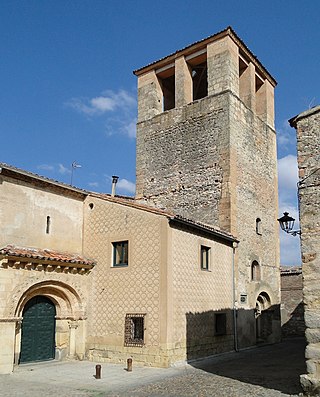
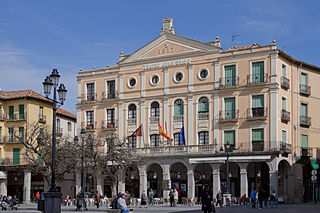
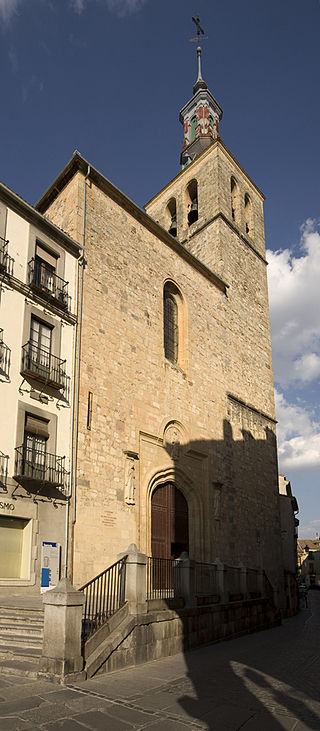
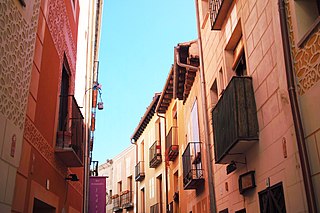
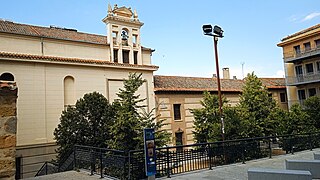
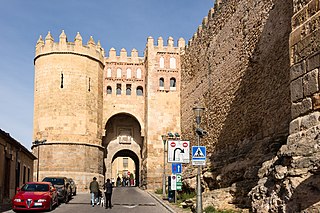
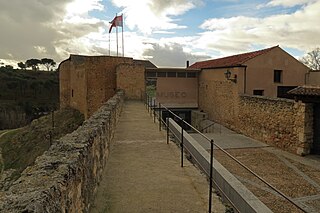

.jpg)
